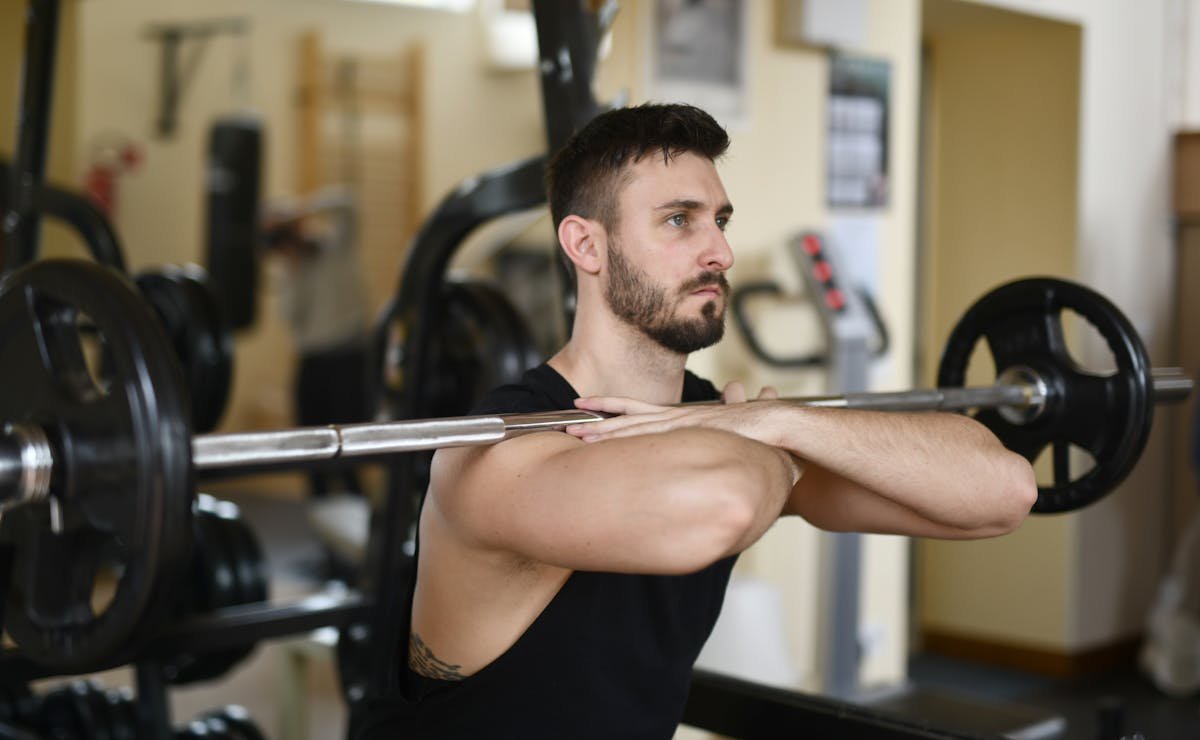Artificial intelligence meets medicine: Telemedicine
Technology / Date: 04-22-2025

Artificial intelligence is increasing its influence in almost all areas. The virtual doctor that has been talked about for years has now met us with Telemedicine. Telemedicine is an important development that directly affects not only patients but also doctors, hospitals and the state budget. What is telemedicine? What will be the benefits of telemedicine? How is telemedicine applied? Will physical examination be replaced by virtual examination? The answers to these questions are also in our article.
Artificial intelligence meets medicine: Telemedicine
As in many areas, there are some steps that a significant change in the field of health must undergo, such as verification and integration. As the Dow University, Faculty of Medicine, Brain and Spine Surgery team, we are among the pioneers of telemedicine in our country with the telemedicine application called I Will Heal , which we started to implement in our own clinic, while we were going through this process, all health institutions and physicians suddenly had to accept and get used to this innovation with the ongoing pandemic.
In this article, we would like to share with you the experiences we have gained with the patients of our Brain and Spine Surgery clinic and discuss the future of telemedicine applications in our country and the world.
According to HHS data, telemedicine consultations accounted for less than 1% of primary care visits in the United States in February 2024, but this figure rose to 43.5% in April 2024. This extraordinary rate of adoption and adoption clearly demonstrates its potential to fundamentally change the way healthcare systems operate, provide care, and manage.
We have said this many times about Artificial Intelligence, which was on the agenda heavily before the pandemic; doctors will not be unemployed because of Artificial Intelligence, but doctors who do not learn to use Artificial Intelligence and do not adapt to this change will most likely be the exception to this proposition. Today, we can say the same sentence for telemedicine and we can say that this transformation will be simultaneous with Artificial Intelligence and even much faster.
Of course, this change will require an adaptation and learning process for all stakeholders. For example, physicians who are not used to using computers will need to learn how to communicate with their patients via mobile phones or computers, how to use the camera and microphone for the best image and sound, how to direct the interview differently than in the clinic, and how to manage the patient's expectations.
Is physical examination important? Is virtual examination possible?
From the patient's perspective, the first prejudice that needs to be overcome is the idea that a doctor cannot make a correct and adequate diagnosis without touching the patient. So why is this idea not true?
First of all, the importance of physical examination for physicians to make a diagnosis is often much lower than is thought. The most important component of the diagnostic process is not the physical examination, but the patient's history. Information such as what the complaint is, how long it has been going on, what you do to relieve your complaint, what you do to increase it, etc. constitute the most important part of the diagnostic process.
Seeing the patient in their own environment, such as their home or workplace, allows us to see some environmental factors that may affect their complaint and that the patient often does not share with us in the clinic. In addition to the history and environmental factors, almost all smartphones and computers today have a camera that is more than sufficient for us to observe the patient.
What about the physical exam ? As we mentioned, the most important part of the diagnostic process is the story the patient tells. The physical exam consists of four basic components.
These are: inspection (observation ), palpation (examination by hand, feeling), percussion (tapping with fingers) and auscultation (stethoscope) evaluations.
Inspection , which is the most important of these four , can be easily performed with telemedicine. The patient's general appearance, whether he/she sweats, his/her breathing and physical parameters based on observation, and even palpation and percussion can be applied to a certain extent by directing the patient .
In fact, the only component of the physical examination that cannot be performed with telemedicine is auscultation using a stethoscope, a component that has minimal impact on most diagnostic processes. In summary, the vast majority of complaints that bring patients to the clinic, except for those requiring emergency intervention, can be diagnosed and managed with telemedicine .
Our patients cannot use telemedicine applications; this is another prejudice against telemedicine applications. In fact, the vast majority of our patients already use much more sophisticated social media or other applications.
The experience we have gained in our clinic shows that patients, regardless of their age group, can communicate with us without any problems through our application and are extremely satisfied with the meetings we hold with this method.
Medicine in the Future
The fact that it is possible to monitor patients remotely with developing smart and wearable devices, that we can do this monitoring almost in real time with increasing communication speeds, and of course the diversity and consistency of the results that artificial intelligence derives from this real-time data obtained, make us think that telemedicine applications will take their place among standard medical practices beyond video calls in the future .
A report published by Forrester predicts that more than 1 billion telemedicine consultations will take place in the US alone. Telemedicine has already become an irreversible and unstoppable trend.
In the coming years, we will see telemedicine applications becoming more widespread and changing our perception of healthcare. From a patient perspective, telemedicine offers many advantages. Patients can easily reach the most suitable doctor or clinic for them and manage their appointments effortlessly.
At the same time, waiting times are eliminated, and time and space dependency is minimized. Telemedicine has initiated a process in which healthcare services are redefined for patients. This transformation process will make it easier for physicians and clinics that adapt to telemedicine applications and provide their patients with services in accordance with this new model to reach more patients, while physicians and clinics that cannot adapt to change will naturally cause a decrease in the number of patients.
The solution for the health sector with falling revenues: Telemedicine
Telemedicine will also transform the healthcare industry from a commercial perspective. In 2024, hospitals in the US began to see serious declines in their revenues due to telemedicine. The AHA (American Hospital Association) announced that hospitals lost $202.6 billion in revenues between March and June in 2024 alone.
This data alone is important in showing how quickly people are adapting to telemedicine services and how quickly and how high a volume it can reach. According to the CDC (Centers for Disease Control and Prevention), 75% of the total healthcare expenditures in the USA are due to chronic diseases that can be prevented through preventable healthcare services.
Hospitals around the world will significantly reduce treatment costs by enabling their specialists and patients to have easier patient follow-up, faster diagnosis and telemedicine treatment, with fewer re-hospitalizations, fewer complications and fewer inpatient stays.
As can be seen, telemedicine has huge potential for patients, healthcare organizations, physicians and governments, and unlike most situations, there are no losers. Due to this huge potential for all stakeholders, telemedicine will be the mainstream that shapes the future of healthcare.
Follow Us
Newsletter
Subscribe to our newsletter to stay updated with our latest news and offers.
We respect your privacy.







